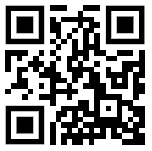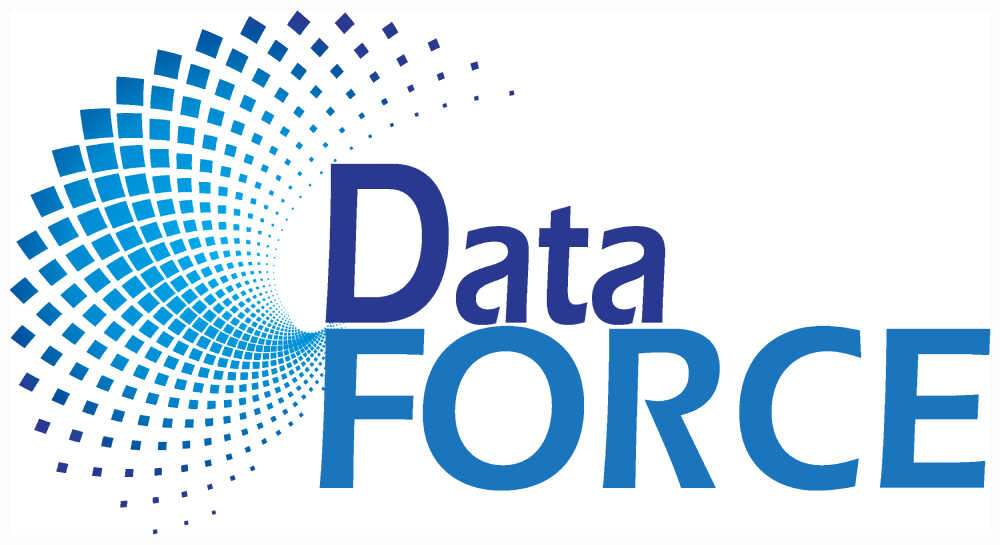
In an era dominated by digital advancements, the integration of traditional and modern methods has become crucial for streamlined processes. One such innovative marriage is the incorporation of QR codes in your communication to respondents. This marriage not only enhances the efficiency of data collection but also provides a seamless bridge between the tangible and digital worlds. In this blog post, we’ll explore the benefits of using QR codes in mail-to-web or multi-mode survey mailings.
Ease of Access and Convenience:
QR codes offer a quick and convenient way for respondents to access surveys. Instead of typing lengthy URLs or navigating through websites, individuals can simply scan the QR code with their smartphones. This ease of access eliminates barriers, making it more likely for recipients to engage with the survey promptly. Additionally, you can use variable QR codes that have the respondent ID embedded, which further reduces the burden on respondents.
Time Efficiency:
Traditional paper surveys often involve a time lag between mailing and receiving responses. With online surveys and using QR codes, this delay is significantly reduced. Respondents can complete surveys at their convenience, and the instantaneous transmission of data eliminates the need for manual data entry.
Reduced Error Rates:
Manual data entry is prone to errors, and these errors can compromise the accuracy of survey results. QR codes eliminate the need for manual input, reducing the likelihood of transcription errors. This not only ensures the integrity of the collected data but also saves time and resources that would otherwise be spent on rectifying mistakes.
Customization and Dynamic Content:
QR codes can be customized to direct respondents to specific sections or versions of a survey based on their profile or previous responses. This dynamic content tailoring not only enhances the user experience but also allows for more targeted and meaningful data collection.
Cost-Effectiveness:
Incorporating QR codes in your projects can be a cost-effective strategy. It reduces the need for extensive printing of survey forms and eliminates the associated costs of manual data entry. The resources saved can be redirected towards improving survey design, analysis tools, or other aspects of the research process.
Real-Time Analytics:
QR codes enable real-time tracking of survey responses. This feature provides researchers with immediate insights into participation rates and response patterns, allowing for quick adjustments to survey strategies or content if necessary.
Conclusion:
The integration of QR codes in survey mailings represents a synergy of traditional and contemporary approaches to data collection. The benefits outlined above underscore the advantages of adopting this technology for researchers, businesses, and organizations seeking to optimize their survey processes and increase response rates. As we navigate an increasingly digital landscape, embracing innovations like QR codes ensures that our data collection methods remain efficient, accurate, and user-friendly.
Questions about how QR codes can elevate your next project? Get in touch with us for a free, no-obligation consultation and let our mail teams enhance your next project’s success. Contact us today and unlock these advanced features for your survey.
Until next time, Data Warriors!
DataForce Research
Businessoffice@dataforceresearch.com
